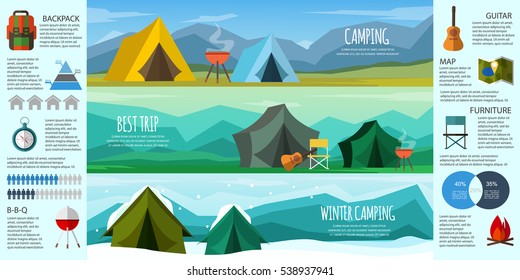Recording fantastic pictures of the night sky requires cautious preparation. Examining the weather prediction for clear skies is essential, as is recognizing what time the moon climbs and sets.
Is a canvas tent worth it?
Start by changing your video camera to manual shooting setting. Take several examination shots with various ISO, aperture and shutter rate setups to see what works ideal.
Video camera
A standard DSLR camera with a large lens works well for night-sky pictures, but any type of camera with a huge sensor and a hands-on focus setting need to work. The important part is that the video camera can be readied to fire in RAW format, which allows for optimum adaptability when editing and enhancing.
Depending upon the desired impact, you might intend to take a number of direct exposures and then merge them in post-processing. This can be beneficial if you're firing both a foreground things (like a lake, tree, car or a structure) and the evening sky and need to reveal each at various setups.
You can likewise explore long-exposure shots that reveal celebrity trails. This can be attained by focusing your structure on the North Celebrity and making use of a shutter rate lasting for numerous mins. This produces impressive arcs and vortex-like circles of light around your topic. It can be time consuming, yet the outcomes are stunning!
Lens
One of the most essential factors in night sky photography is choosing the best lens. A high resolution, broad angle lens will assist you record as lots of celebrities and the moon in your photo as possible.
You will certainly additionally need a tripod to prevent camera shake during lengthy direct exposures. It is additionally suggested to shoot in RAW mode, which will give you extra latitude in post-processing.
An additional variable is timing. It is best to prepare for when the Milky Way will rise or establish relying on your area. There are a number of apps and sites to assist with this including PhotoPills.
Finally, it is excellent to have an intriguing foreground in your picture to include deepness and contrast. Using fascinating rock formations, structures and even individuals can include a feeling of scale to your picture and make it much more impactful. Your composition needs to additionally abide by standard photographic principles, such as the rule of thirds and finding leading lines.
Shutter Speed
The shutter is the part of your video camera that sits in front of the image sensor and opens up and near to tape-record an exposure. Its rate impacts how much light your photo gets-- the quicker it is, the much less light gets in.
A slower shutter speed permits much more light in, but additionally blurs any activity that occurs during the exposure, which serves for catching star routes and various other impacts such as a long direct exposure to develop an attractive night skies.
With the appropriate equipment, it's possible to produce photos that are virtually as intense as daytime and still have the ability to catch vibrant details of the Galaxy and stars. For maximum quality, attempt to get as far away from communities and cities as possible and examine internet sites such as this for cloud maps and dark skies.
ISO
Choosing an ISO setup is a critical action in night sky photography. The higher the ISO worth, the a lot more delicate your cam will certainly be to light and the brighter your photo will be. Nonetheless, if you go too expensive, the noise in your image will certainly be also prominent.
An excellent beginning factor is to establish your cam to a low ISO of 800, after that take a test shot. If deluxe tent this photo is as well dark, raise the ISO one stop at a time up until you have an acceptable picture.
Foreground shots in night skies photos call for much longer direct exposure times than the stars, so you'll intend to use a tripod. To better stabilize your electronic camera, utilize the remote shutter launch to prevent any kind of shaking brought on by pressing the switch yourself. Additionally, bear in mind to keep your lens in Guidebook Focus setting. This will assist you to keep the exact same focal size throughout your shoot. The Guideline of Thirds is a crucial guideline for composing night skies images, helping to equilibrium and unify your pictures.
How do I keep my canvas from shrinking?
